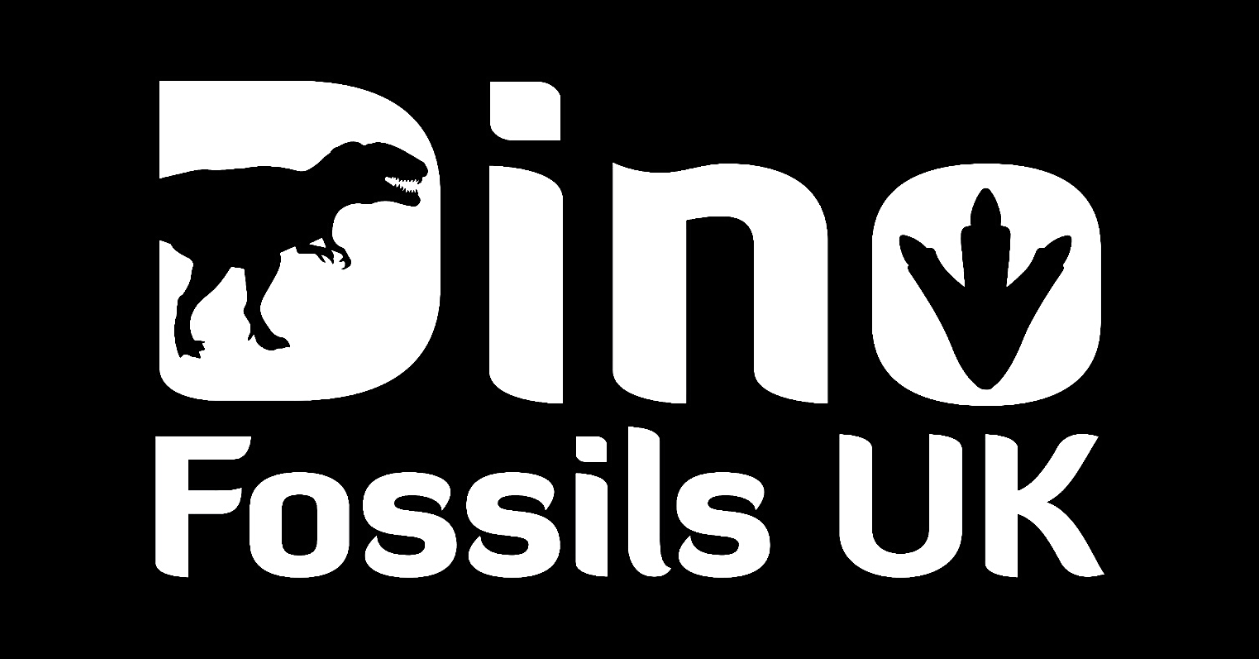Mosasaurs
Mosasaurs were a group of large, predatory marine reptiles that lived during the Late Cretaceous period, roughly 98 to 65.5 million years ago. They were apex predators in the oceans of that time, and their fossils are found worldwide.
Mosasaurs had long, serpentine bodies with powerful tails. They were excellent swimmers and are thought to have been capable of reaching speeds of up to 30 miles per hour. Their jaws were filled with sharp teeth, perfect for tearing into their prey.
Mosasaurs were carnivores and likely fed on a variety of marine animals, including fish, sea turtles, plesiosaurs, and even smaller mosasaurs. Some scientists believe that they may have been ambush predators, using their long bodies to sneak up on unsuspecting prey.
Mosasaurs were incredibly successful and diverse creatures, with many different species known. They ranged in size from relatively small forms to enormous giants that could grow up to 50 feet long.
Did you know?
Did you know that some mosasaurs had nostrils on top of their heads? This adaptation allowed them to breathe air while remaining submerged in the water, similar to modern-day crocodiles.

